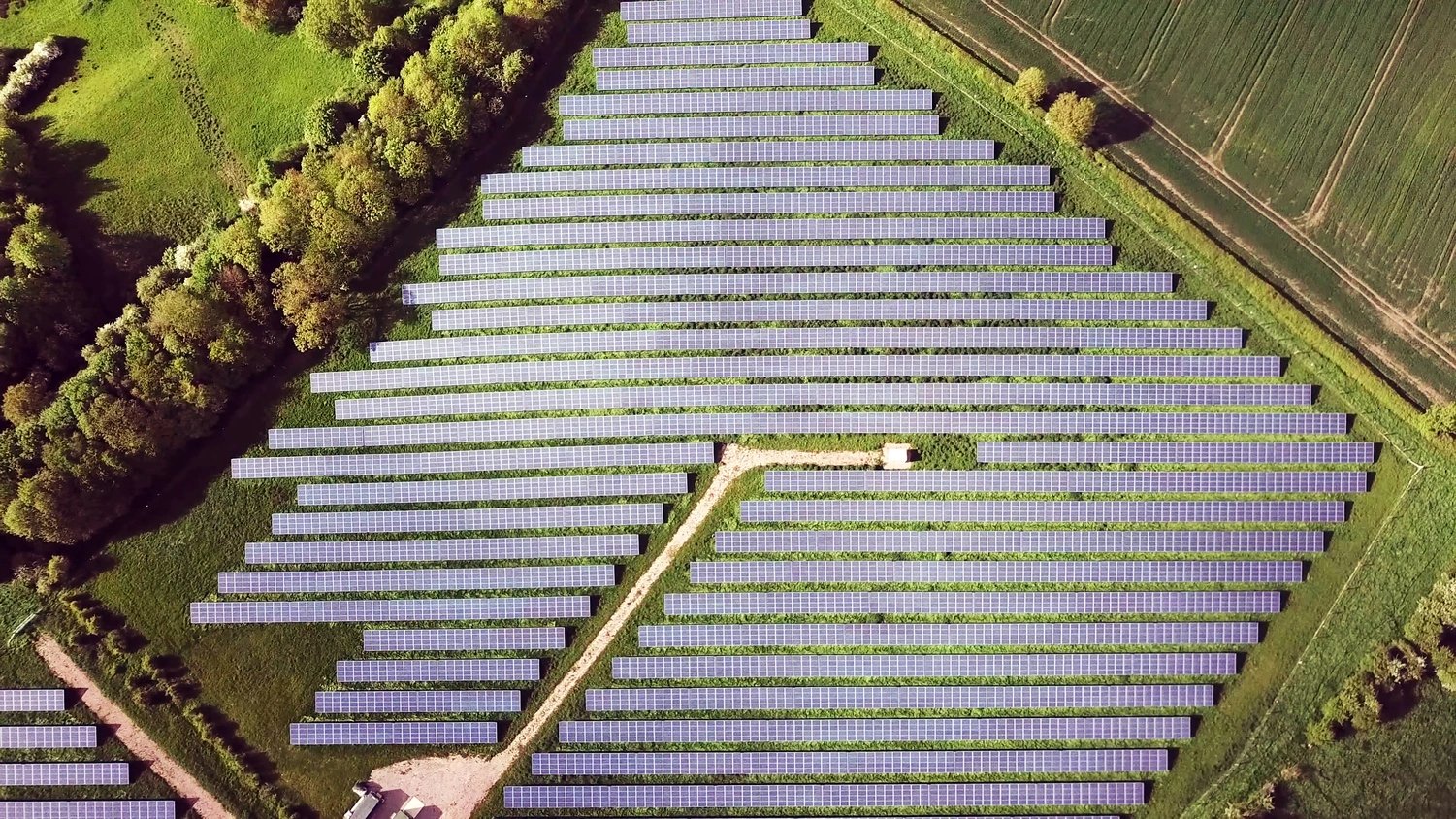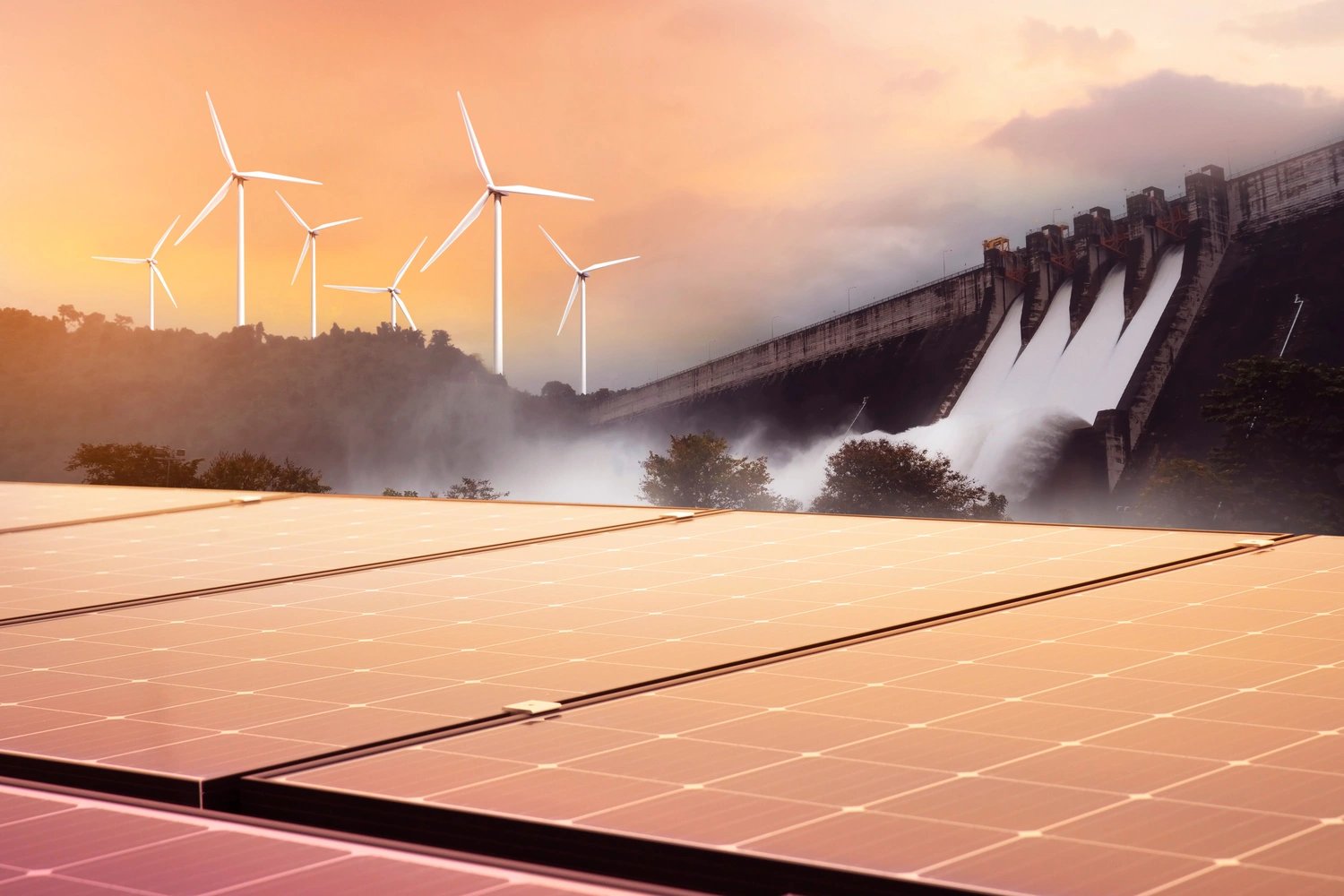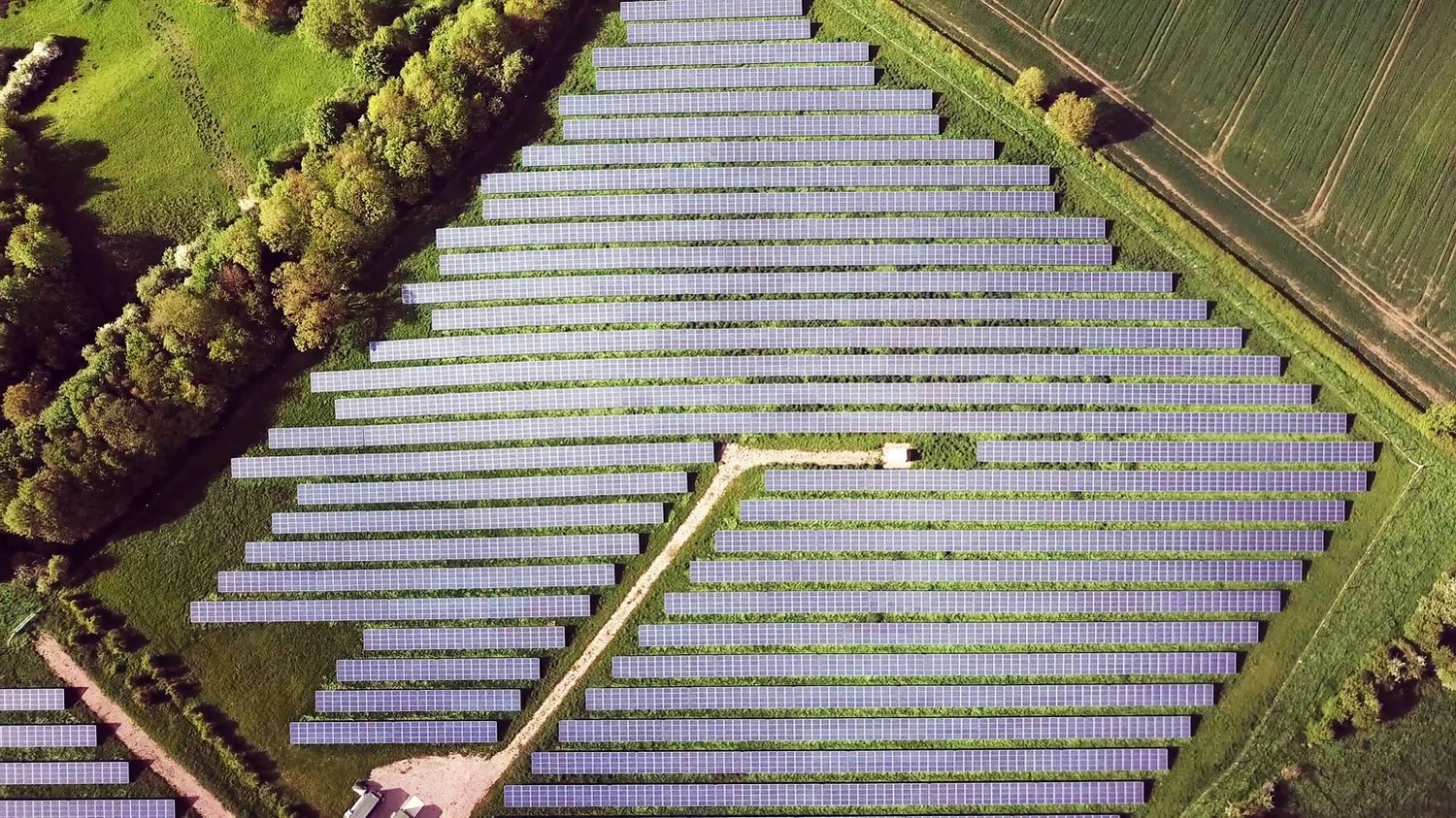Solar ITC Extension
Free Permitting Checklist
Practical Tips to Avoid Environmental Risk on all Your Projects
Download our environmental permitting checklist to get a step-by-step list of ways to protect your project from the 9 most common environmental risks.
Download Your Checklist
On Tuesday, August 16th, President Biden signed the Inflation Reduction Act into law. This law provides money for different types of clean energy tax credits for individuals and businesses. The law aims to put more money into fighting climate change than any bill before it. For commercial and utility-scale Solar Developers, the most crucial part of the law is the enhancement and extension of the Solar Investment Tax Credit (ITC).
What is the Solar Investment Tax Credit (ITC)?
The ITC is part of the existing Internal Revenue Code (IRC) Section 48. It provides a tax credit for developing solar and other renewable energy-producing properties. The IRS is the agency that helps renewable energy companies use taxpayer funds to help increase our clean energy production in the form of tax credits.

Early Renewable Tax Credits Preceding the ITC
The first iteration of the tax credit was enacted as the Energy Tax Credit of 1978 and created a temporary 10% credit for properties producing energy from sources other than oil or gas. These credits were meant to offset the increased need for oil and gas but were not environmental in nature. The following timeline follows the history of these early tax credits for renewable energy:
- The original credits were set to expire in 1982.
- In 1980 they were extended to 1985 and increased to 15%.
- In 1986, many renewable credits were allowed to expire, but solar and geothermal were extended until 1988, at a reduced 10% credit.
- The Miscellaneous Revenue Act extended these credits.
- The Omnibus Budget Reconciliation Act of
- 1990 extended these credits again.
- The Tax Extension Act of 1991 extended these credits further
- The Energy Policy Act of 1992 made these credits permanent for solar and geothermal, at a rate of 10%.
Significant Changes to Solar Investment Tax Credits in the mid-2000s
The Energy Policy Act of 2005 went broader and further than any previous renewable energy tax credit. The act brought the Solar ITC to 30% through 2007 and included other renewable energy sources.
The more extensive investment tax credits were extended significantly in 2008 in the Emergency Economic Stabilization Act of 2008. Investment Tax Credits, including the solar ITC, were extended to 2016.
The most recent extension before the Inflation Reduction Act (IRA) was in 2015- it extended the 30% solar ITC to 2019, with a phase-out mechanism that would drop the credit to 26% for solar farm properties under construction in 2020 and 22% for properties under construction in 2021.
Without a further extension, these tax credits would be reduced to the permanent 10% ITC put into law in 1992. While tax credits for solar development properties started to fall in the early 2020s, other renewable sources, such as offshore wind, already enjoyed full credits through 2025.
How does the Inflation Reduction Act Affect the Solar ITC?
Preceded by a deal between Senators Joe Manchin and Chuck Schumer, the Inflation Reduction Act (IRA) was passed on a Democrat party-line vote in a reconciliation bill in the Senate. It then passed by the rest of congress and was signed by President Joe Biden on August 16th, 2022. This act expanded the Solar ITC until 2032 at a 30% rate. For sizeable solar development projects, the act requires specific worker standards, known as wage and apprenticeship requirements, to qualify for the full credit. Smaller projects automatically get the 30%.
Additionally, the IRA provides more bonus credits for specific situations. These include the use of domestic content (US-made materials) at an additional 10%, the placement of solar farms near “energy communities” (those that currently have significant employment in fossil fuel industries) at an extra 10%, and the placement of solar farms near low-income communities for an additional 10% credit. Specific projects for low-income residential buildings could get 20% instead of the 10% for low-income communities.
Solar developers could enjoy a 60-70% solar investment tax credit for new projects.

Free Permitting Checklist
Practical Tips to Avoid Environmental Risk on all Your Projects
Download our environmental permitting checklist to get a step-by-step list of ways to protect your project from the 9 most common environmental risks.
The "Technology Neutral" Clean Energy PTC and ITC
The current system of the solar ITC will end in 2025 and be replaced by an overarching “technology neutral” ITC that will benefit any renewable energy project that produces net-zero greenhouse emissions. This new version of the ITC will still be for 30%, assuming the solar development companies follow wage and apprenticeship requirements.

Additional Tax Credits for Solar Developers Available Through the Inflation Reduction Act
Another vital tax credit extended through the IRA is Production Tax Credits (PTC). These offer a credit of 1.5 cents/kWh if wage and apprenticeship requirements are met. Like the Solar ITC, the PTC increases due to the same categories- domestic content, energy communities, and low-income communities. Unlike previous versions of this law, solar projects can now choose whether they want to claim the Solar ITC or the Solar PTC. Large solar installations that expect vast amounts of electricity to be generated (such as many megawatts) may enjoy a more significant tax benefit by using the PTC in lieu of the ITC.
How Can Large and Utility-Scale Solar Developers Best Take Advantage of the Solar ITC?
Worker-Centric Policies
To reap the full benefits of the new tax credits, developers will need to follow wage and apprenticeship requirements. This is a prominent developer's most crucial step, as it is required to achieve the total 30% solar ITC.
-
Wage Requirements
Labor employed by the solar developer must be paid “prevailing wages” for construction and repairs during the taxable period. Solar developers hoping to gain a more significant tax benefit through the PTC must maintain the energy production with well-paid labor. Prevailing wages are determined by the Department of Labor and are geographically variable. Workers must be paid at a rate commensurate with similar work in the area.
-
Apprenticeship Requirements
Additionally, a percentage of labor hours must be performed by “qualified apprentices.” The required rate goes up over time:
-
-
10% for construction beginning before 2023
-
12.5% for construction between 2023 and 2024
-
15% for construction 2024 and later
-
A qualified apprentice is a person who is training while earning wages on the job and receiving training in a classroom setting. These workers must be in a registered apprenticeship program approved by the Department of Labor.
These worker-centric policies are required to get the full ITC, while the following are incentives to gain a higher percentage of credit.
Domestic Content
An additional 10% credit can be earned by using domestic content, which means that a certain amount of materials used for the construction of a solar farm be made in America. This includes steel, iron, and manufactured products (such as solar panels). The requirements for this bonus credit get steeper over time:
-
40% for construction beginning before 2025
-
45% for construction starting in the year 2025
-
50% for construction starting in the year 2026
-
55% for construction beginning in 2027 or later
Energy Communities
An additional 10% credit can be earned if solar developers choose land in specific “energy communities.” This includes building on “brownfield sites” (sites with a history of hazardous materials or pollutants) and building in areas with a large percentage of workers working for the fossil fuel industry. The Secretary of Treasury determines this percentage. Another way to get this credit is to build on a “census tract,” an area in which a coal mine has been closed in the last 30 years or a coal generation energy property has been closed in the previous 23 years.
Low-Income Communities
An additional credit of 10% (in some cases 20%) can be earned if the solar power project is built in and serves “low-income communities.” The Secretary of Treasury must select the facility for an “allocation of environmental justice capacity.” This happens when the facility is built in a low-income community as defined in section 45d€ of the Internal Revenue Code (IRC) or if it is built on Indian land. Some stipulations of this:
-
The poverty rate in the area served by the solar farm is at least 20%.
-
The medium income of the area being served is no more than 80% of the statewide median family income.
Additionally, if the solar project is built as part of a qualified low-income residential building project, it can receive a larger 20% tax credit.
Tax Credit is Transferrable and Direct Pay
The Solar ITC is now transferrable. Prior to the IRA being signed, to get the maximum benefit from the solar ITC, the entity must be an equity owner- this meant the tax benefit was limited to the actual earnings and tax liability of one equity owner. Now, this credit can be transferred to others, such as lenders or partners, to realize the full benefit. In practical terms, banks will be much more willing to fund projects when these tax credits can be fully realized and transferred to them.
The new Solar ITC is also available as “direct pay.” Previously, these tax credits were “non-refundable,” meaning if a solar developer had a lower tax liability, they would not receive the full benefit. The credit can now be paid directly as cash regardless of the tax liability.
Improve Processes
With the extension of the ITC and the new energy tax incentives to gain federal tax credits, an already competitive solar industry will become even more competitive. The potential to make huge profits due to this law is the firepower that will significantly increase the development of solar energy systems and other renewable energy facilities. This law also helps other renewable energy industries, such as wind, geothermal, and energy storage, which also need land to develop. Therefore, to gain the most benefit from the expanded solar ITC, solar development companies must optimize and improve their processes to find and develop as much land as possible. Gigawatts of electricity are waiting to be produced. New technologies, such as Transect, help solar developers find suitable land and perform required environmental due diligence more quickly.
Free Permitting Checklist
Practical Tips to Avoid Environmental Risk on all Your Projects
Download our environmental permitting checklist to get a step-by-step list of ways to protect your project from the 9 most common environmental risks.
